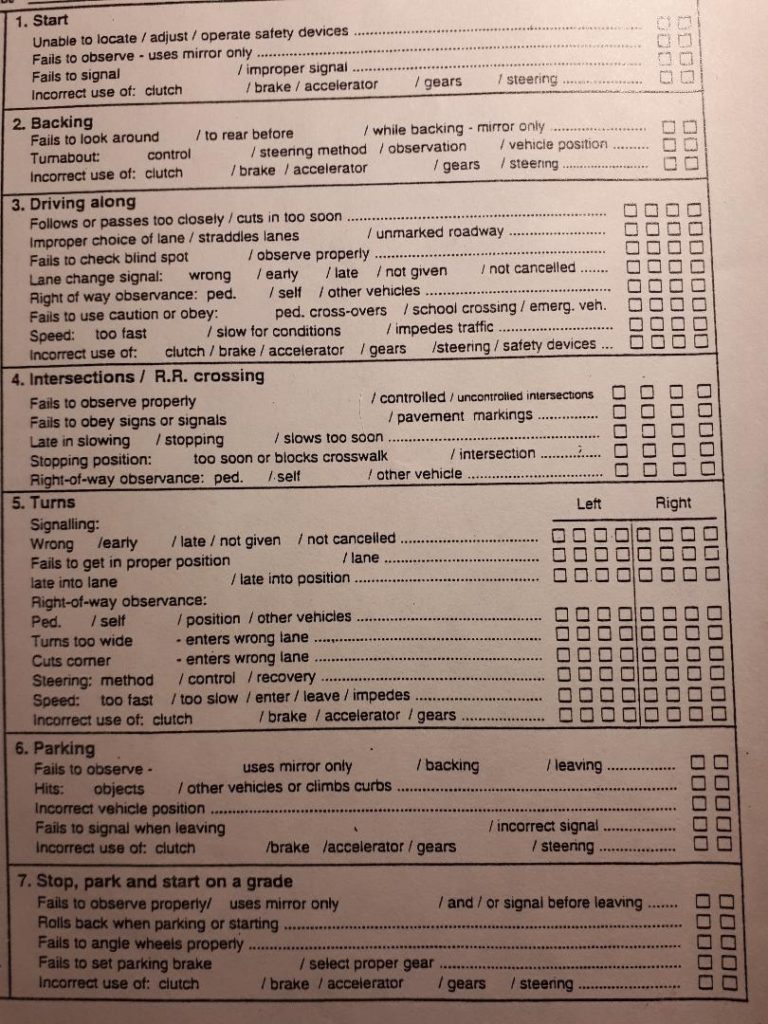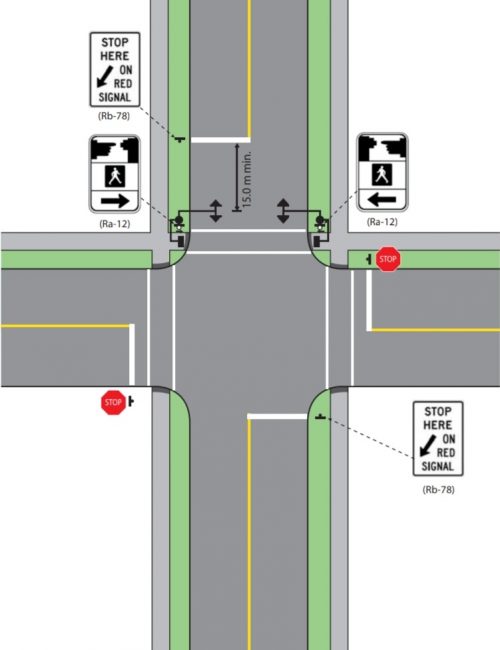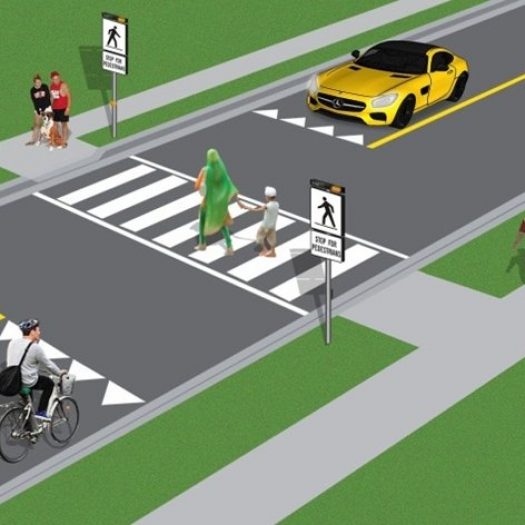Our Blog
Welcome to our blog. Here we address a variety of driving topics that students commonly ask about, in the course of their driver training. If you have a question of your own, don’t hesitate to contact us with your inquiry.
Common driving errors that result in an automatic road test disqualification
A driving test, unlike a knowledge test, is a combination of quantitative and qualitative evaluation.
Quantitative: Testing based on specific deductions/errors that are included on a score sheet or a marking key used by a driver examiner. If you learn the specific points an examiner is looking for during your road test, you can minimize the number of deductions and have a better chance of passing your test. Quantitative evaluation is binary in nature – there are only two outcomes – you are either right or wrong.
Here is an example of a “G1 Exit” marking key you may want to familiarize yourself with, before attempting your “G2” test.

Qualitative: Testing that depends on examiners using their professional judgment. Some situations on your road test may be difficult to quantify. Things like your poor risk perception or reaction to unusual traffic conditions may raise a “red flag” in eyes of a driver examiner.
Below are some of the most common mistakes you can not afford to make. A single instance of any of these infractions can result in an automatic disqualification:
1. Any illegal action (breaking rules of the road)
- Speeding - especially in sensitive areas such as school zones
- Disobeying a stop sign - rolling slowly without coming to a complete stop
- Disobeying a traffic signal (either red or amber)
- Taking away another road user's (vehicle, pedestrian) right of way
2. Unsafe or Dangerous action
- Unsafe lane change (usually resulting in a conflict with another vehicle)
- Dangerous merge onto the highway (including merging to slowly)
- Hitting objects such as pylons or climbing a curb
- Loss of control that requires examiner's assistance (steering and/or breaking)
Finally you can also fail your road test if you commit too many driving errors. For example, if you exceed a total of 30 “minor” mistakes on your “G” attempt, an examiner will inform you that you have not met the provincial standard to pass your test.
The following is my view on this highly contentious topic. This opinion is based on 20 years of experience with taking thousands of students to various testing centers in the region.
You have probably heard the saying that “grass is always greener on the other side of the fence”. This is exactly the thinking of many new drivers looking for that “easy place” to pass their road test. This “urban legend” is often reinforced by some instructors that spread the message of how it is almost impossible to pass a road test in places such as Brampton.
Here are some reasons why it make sense to take your your road test where you normally reside:
- All testing centers in Ontario are governed by the same provincial standards. You need to perform equally well regardless of which center you decided to go to for your test
- Driver examiners at all locations undergo the same type of professional development as well as periodical reviews of their marking practices. There are some checks in place, such as the one that measures significant statistical deviations from average passing rates.
- You are more used to the style of local driving. This is were you have been training and practicing. Going for a test to a remote but unfamiliar place can be overwhelming even for a more experienced driver
- As part of your training, you can get a dedicated lesson around the local testing center
- You can save a significant amount of money when renting a driving school vehicle for your road test. Driving schools charge a significant premium to take students to an out of town destination. The difference can be double or even triple the rate one would normally pay for a local test.
In fairness, there are some long term statistics that seem to suggest it might be “easier” to pass a test outside Brampton or the Greater Toronto Area. For me however, a student does not have to become such a statistic if he/she is well prepared. In fact, from my experience, I do not see a significant difference in passing rates from one location to another.
Too many students focus on the “destination”, which is the actual road test. They look for shortcuts, just to get that plastic in their hands. These are the students that fall prey to fake promises about “how easy it is if you go there” or “we have 99% passing rate out there”. When faced with such statements, be skeptical and do more research. Some such claims might just be “too good to be true”. Personally, I encourage taking a quality driver training focused on ones abilities. By taking the road safety seriously, passing a road test will be easy, not because of where you go for your test, but because you have the skills of driving well in any conditions.
What is the difference between Pedestrian Crosswalk and Crossover rules?
With a pedestrian crossing a road, here is one of the most common questions that comes up during a driving lesson:
Should I wait for a pedestrian to finish crossing a road completely?/ How long should I wait before entering an intersection?
The answer is: IT DEPENDS on a type of a crossing.
- Crosswalks are your every day crossings. These may be controlled by stop signs or traffic signals

At these intersections drivers are required to stop and yield to pedestrians who have lawfully entered a crosswalk. In this situation drivers DO NOT have to wait for pedestrians to clear a road completely. However if this type of a crosswalk is also controlled by a crossing guard, both the pedestrians and a crossing guard must clear a road completely for the traffic to resume. In the absence of a crossing guard, drivers are required to wait for pedestrians to reach a point at which it is safe for pedestrians to complete crossing a road. In most situations a midpoint of a road constitutes such demarcation.
- Crossovers and school crossings are special types of crossings that came into effect on January 1, 2016. These crossovers are distinctly defined by the use of a specific set of regulatory signs, internally illuminated overhead warning signs, pavement markings, and flashing amber beacons.


There are two levels of pedestrian crossovers. These use different variations of the above signage:


Drivers are required to stop and yield the ENTIRE roadway to pedestrians and school crossing guards before proceeding at such pedestrian crossover and school crossings.
